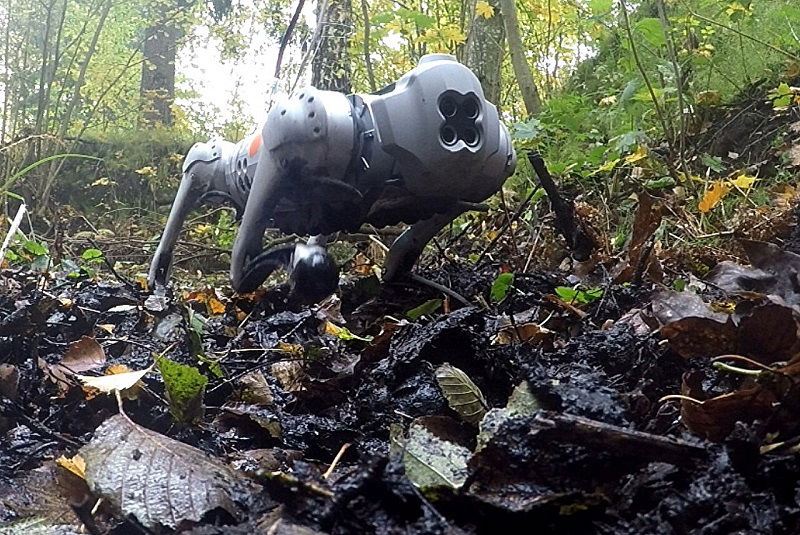
An estimated 80,000 Americans each year contract vibriosis, a sometimes-fatal infection caused by a genus of waterborne bacteria called Vibrio. These bacteria thrive in warmer waters, so as sea temperatures have risen with climate change, so too have infection rates.
Microbiologist Rita Colwell of the University of Maryland, College Park, and her collaborators found that vibriosis hospitalization rates in Maryland were almost 60% higher between 2013 and 2019 than they were between 2006 and 2012. Case distribution is also expanding into more northern states.
“You’ve got a catastrophe in the making.”
Now, Colwell is part of a team of scientists trying to head off future outbreaks by developing a model that predicts when and where risk is highest along the Eastern Seaboard. Recent hurricanes in Florida illustrate how environmental factors set the stage for blooms of various Vibrio bacteria, Colwell said. In addition to the warm sea surface temperatures of Florida summers, heavy precipitation promotes Vibrio growth by decreasing salinity and altering pH levels, while high winds introduce sediment to the water that the bacteria feed on.
“You’ve got a catastrophe in the making,” said Colwell, who previously studied Vibrio proliferation after Hurricane Ian hit the state in 2022 with a team of researchers, including longtime collaborator Antarpreet Jutla, an environmental engineer at the University of Florida.
In Jutla’s lab, which is also involved in the East Coast vibriosis prediction model, researchers collect satellite data to study climate-driven processes in ocean environments and maintain a Vibrio Prediction Hub with data from regions of interest around the world.
There are many Vibrio species, including Vibrio cholerae, which causes cholera, the diarrheal disease that kills tens of thousands of people every year in such regions as Southeast Asia and Africa via contaminated drinking water. In the United States and other countries with advanced water treatment infrastructure, almost all Vibrio infections are linked to species other than Vibrio cholerae, which enter the body through open wounds or are consumed via contaminated fish and shellfish.
Jutla, Colwell, and their collaborators previously used satellite data to predict outbreaks of cholera in countries such as Bangladesh and Yemen on the basis of environmental conditions that favor the Vibrio cholerae bacteria.
To develop a similar predictive model for the East Coast, where cases are shifting northward, the researchers are comparing vibriosis case reports from the Centers for Disease Control and Prevention with satellite data on the temperature, salinity, and height of the sea surface. Because Vibrio bacteria are often found on plankton, the team is also measuring chlorophyll concentration as a proxy for plankton levels.
Vibrio Variety
Vibrio bacteria are “prone to increasing their populations very quickly.”
In addition to long-term gradual growth caused by warming ocean temperatures, Vibrio populations can experience temporary, explosive blooms of growth under favorable conditions.
Vibrio bacteria are “prone to increasing their populations very quickly” and can undergo a threefold increase in the span of a day, according to environmental microbiologist Erin Lipp of the University of Georgia, who was not involved with the research. High-resolution satellite data are a promising way to predict these blooms, she said.
Along with locations where blooms are likely, the model could specify which species of the bacteria are most likely to be found at a given site, noted Bailey Magers, an environmental engineering doctoral student in Jutla’s lab who presented the group’s work at AGU’s Annual Meeting 2024 in Washington, D.C., on 13 December.
Different species have “have different optimal ranges of environment where they thrive,” Magers said. Knowing which Vibrio bacteria may be present in an area is crucial because different species are linked to different health effects. For example, Vibrio vulnificus infections can irreparably damage flesh if not treated promptly, leading to limb amputation or even death. In 2023, researchers concluded that since the late 1980s, Vibrio vulnificus infections have increased about eightfold and have also been reported at increasingly high latitudes in the eastern United States.
A Promising Tool for Public Health
The team’s model could allow public health departments to develop targeted warnings for affected communities when the risk of Vibrio exposure is high, including urging swimmers not to enter water with open wounds.
These efforts could reduce infection rates and future spending on health care: A greater incidence of vibriosis infections driven by rising sea surface temperatures could cost the United States billions of dollars annually, according to a 2022 report from the U.S. Department of Agriculture, the U.S. EPA, and the private consulting firm Industrial Economics Inc.
Jutla said his team hopes to debut their model in the next couple of years. They eventually plan to expand their model to include other pathogens that disrupt the digestive system, such as Salmonella and norovirus.
—Lauren Schneider (@laur_insider), Science Writer








Leave a Comment